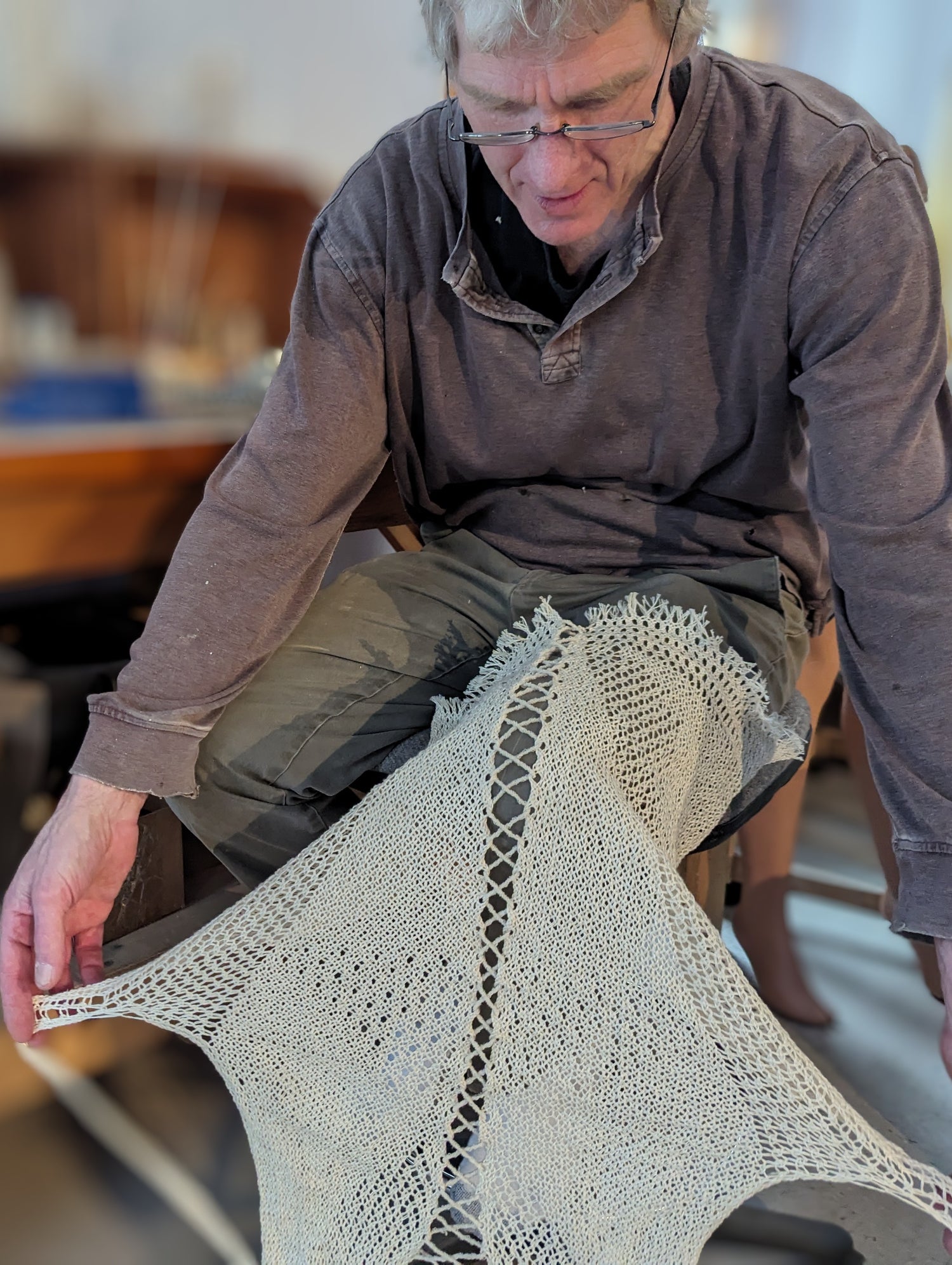Lace Reimagined: From Decorative Tradition to High-Performance Innovation
Lace has long been celebrated for its elegance and craftsmanship, weaving its way through centuries as a symbol of luxury and artistry. Today, the story of lace takes an extraordinary turn, evolving from an ornamental fabric into a cutting-edge performance material. TEF Braids and its activewear brand, Tensengral, have pioneered this transformation, redefining lace as a medium that merges history, technology, and sustainability. This evolution provides a compelling narrative about the intersection of textiles, design, and innovation.
A Historical Legacy of Intricacy and Beauty
From its origins in 16th century Europe, lace has captured the imagination as a labor-intensive decorative textile. Techniques such as bobbin lace—crafted by intertwining threads on a pillow—demonstrated both technical precision and artistic expression. For centuries, lace served as a status symbol, adorning royal attire and haute couture. The Industrial Revolution introduced mechanized lace production, broadening its accessibility but relegating lace to primarily decorative uses. Despite its versatility, the fabric remained tethered to its aesthetic roots, with limited exploration of its functional potential—until now.
The Modern Reinvention: Lace as Performance Textile
TEF Braids has ushered lace into the 21st century by combining the principles of traditional lace-making with state-of-the-art automation. Their proprietary lace braiding technology mimics the techniques of bobbin lace while using advanced machinery to interlace threads into a seamless, three-dimensional matrix. This method produces a fabric that is not only intricate and luxurious but also highly functional, offering strength, flexibility, and breathability.

This innovation is epitomized in Tensengral’s UNE sports bra, which integrates performance lace to provide unparalleled support and adaptability. The lace’s fluid structure mirrors natural systems, offering comfort and motion without sacrificing style. This approach transforms lace from a purely decorative material into one that embodies both utility and beauty.
A Cultural and Technological Milestone
The evolution of lace reflects broader shifts in society, where traditional art forms are reimagined through the lens of sustainability and functionality. TEF Braids' lace-braiding technology uses biodegradable materials like Tencel™ and Supima cotton, while their localized U.S. manufacturing model eliminates the environmental and ethical concerns associated with overseas production.
By balancing heritage craftsmanship with cutting edge innovation, TEF Braids’ work speaks to the adaptability of textiles and their role in responding to contemporary challenges. Their contribution resonates with a growing appreciation for sustainable practices and thoughtful design, making it a significant chapter in the history of textiles.

An Invitation to Explore the Evolution of Lace
For anyone dedicated to the history of textiles, design, and technology, this transformation offers an opportunity to engage audiences with a narrative that spans centuries. The story of lace—from its decorative origins to its reimagining as a high performance material demonstrates how tradition and innovation can coexist to shape the future of design.
We would be delighted to collaborate with to showcase this remarkable journey and share the impact of performance lace.




